Snickometer:

Snickometer is used in televising cricket to graphically analyze sound and video. It’s commonly known as Snicko. It shows whether a fine noise, or snick, occurs as ball passes bat. It was invented by English computer scientist Allan Plaskett in the mid-1990s. The Snicko was introduced by Channel 4 in the UK. They also introduced the Hawk-Eye and the Red Zone.
(You will also like Hotspot | The X-Ray view of Cricket)
Uses:
The Snickometer is used in a slow motion television replay by the third umpire. It helps them to determine if the ball touched the bat on the way through to the wicketkeeper. The commentators listen and view the shape of the recorded sound wave. If there is a sound of leather on willow, then the ball has touched the bat. It is usually a short sharp sound in synchrony with the ball passing the bat. Other sounds tend to have a fatter shape on the sound waveform. These kinds of sounds are the ball hitting the pads or the bat hitting the pitch, and so on.
(You will also like DRS | A Blessing or a Curse)
The umpire takes decision based on his instincts. The ball must be a legal delivery and caught before touching the ground. Only then the umpire can give the batsman out. The umpire does not have the benefit of the Snicko. He must instead rely on his senses of sight and hearing. In this process his judgement plays an important role. Initially Snicko was not considered accurate enough. When the Umpire DRS (Decision Review System) was introduced to Test Cricket, It didn’t include Snicko. They were using another edge detecting tool known as Hot Spot.
Then Channel 4 in the UK and Channel Nine of Australia used it, among others. They used it to help determine if the batsman was out or not. In 2013, Allan Plaskett was operating it for Sky TV.
(You will also like Hawk-Eye | The Eyes of the DRS)


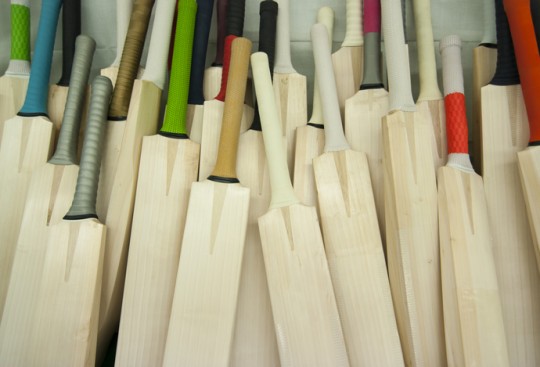
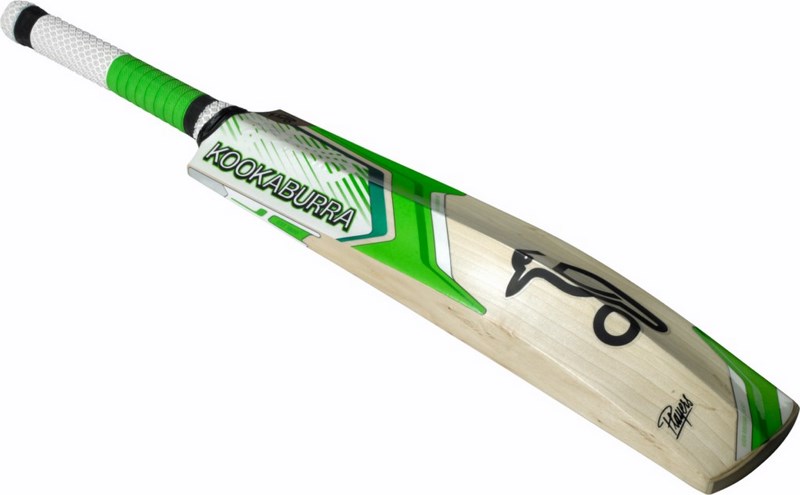
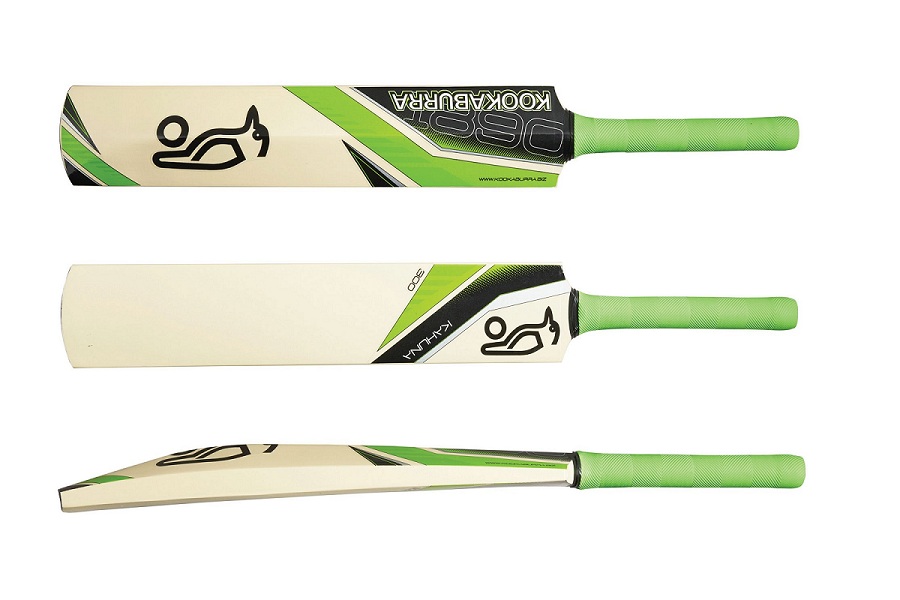




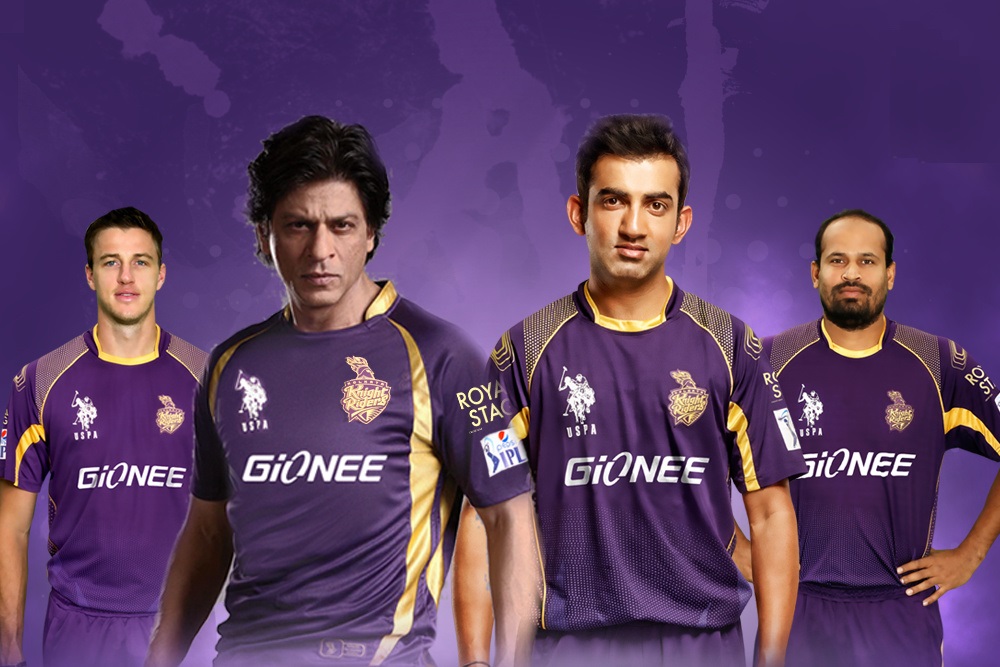

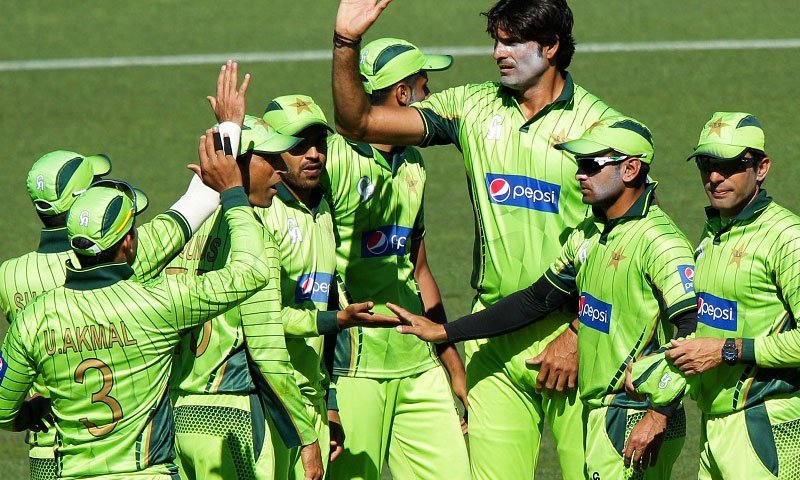


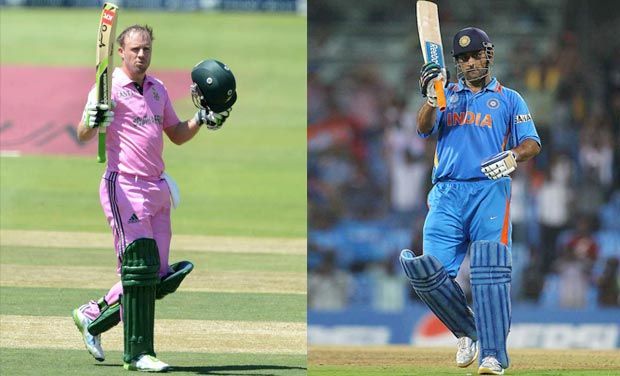
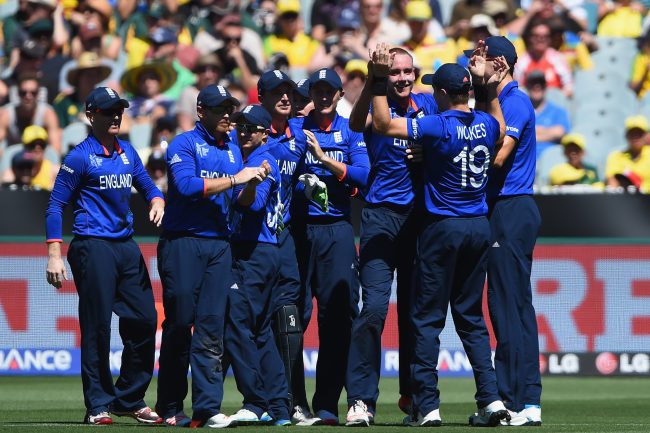

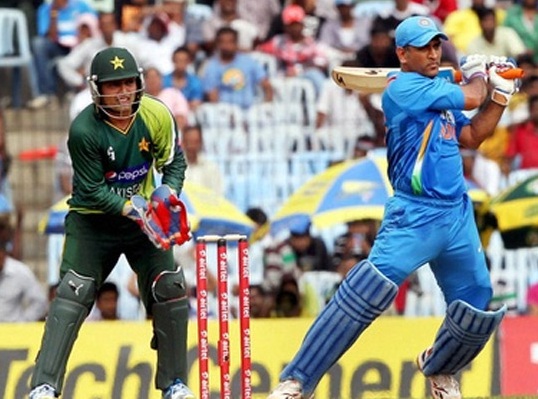
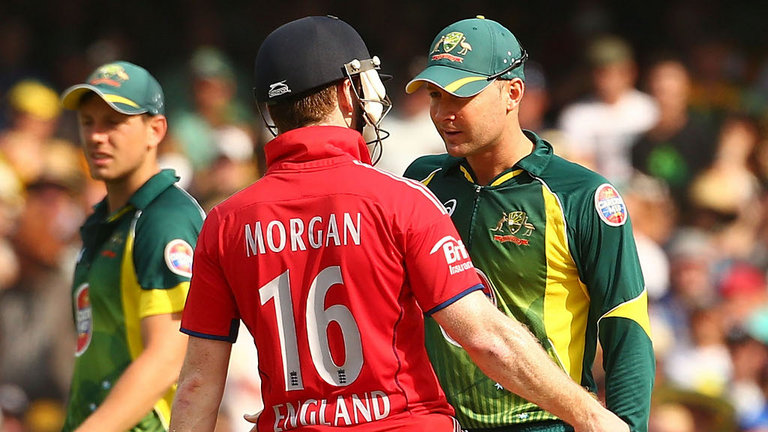


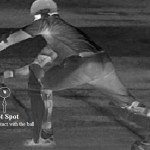

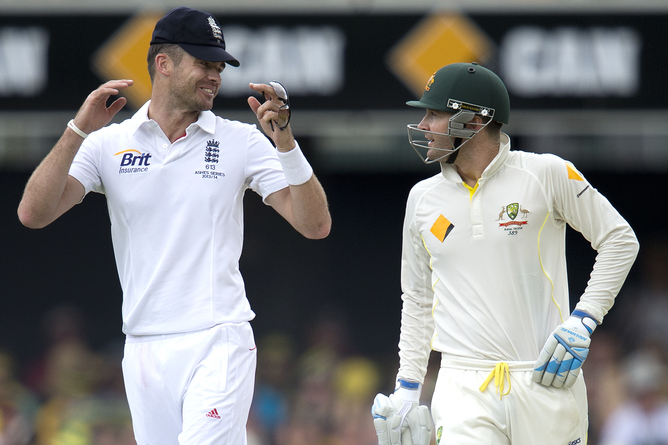
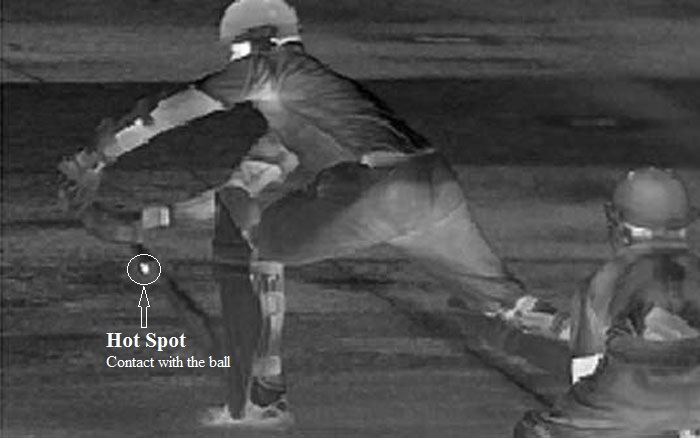
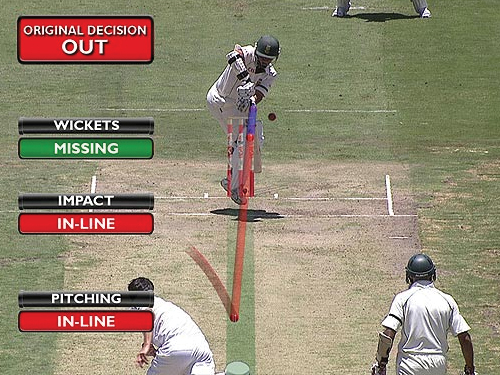
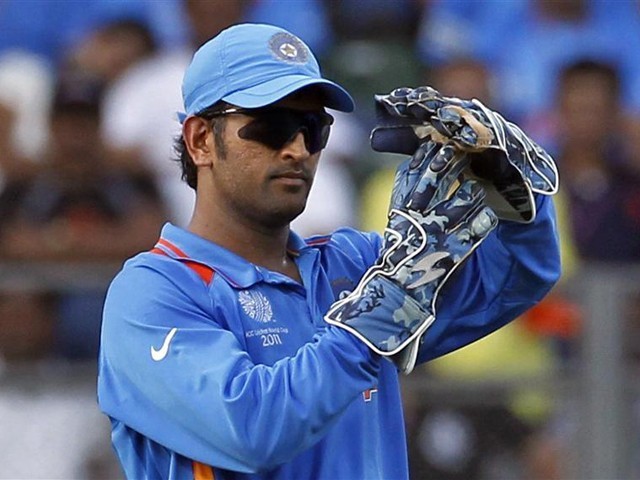
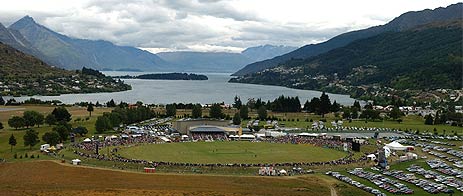

Connect with us